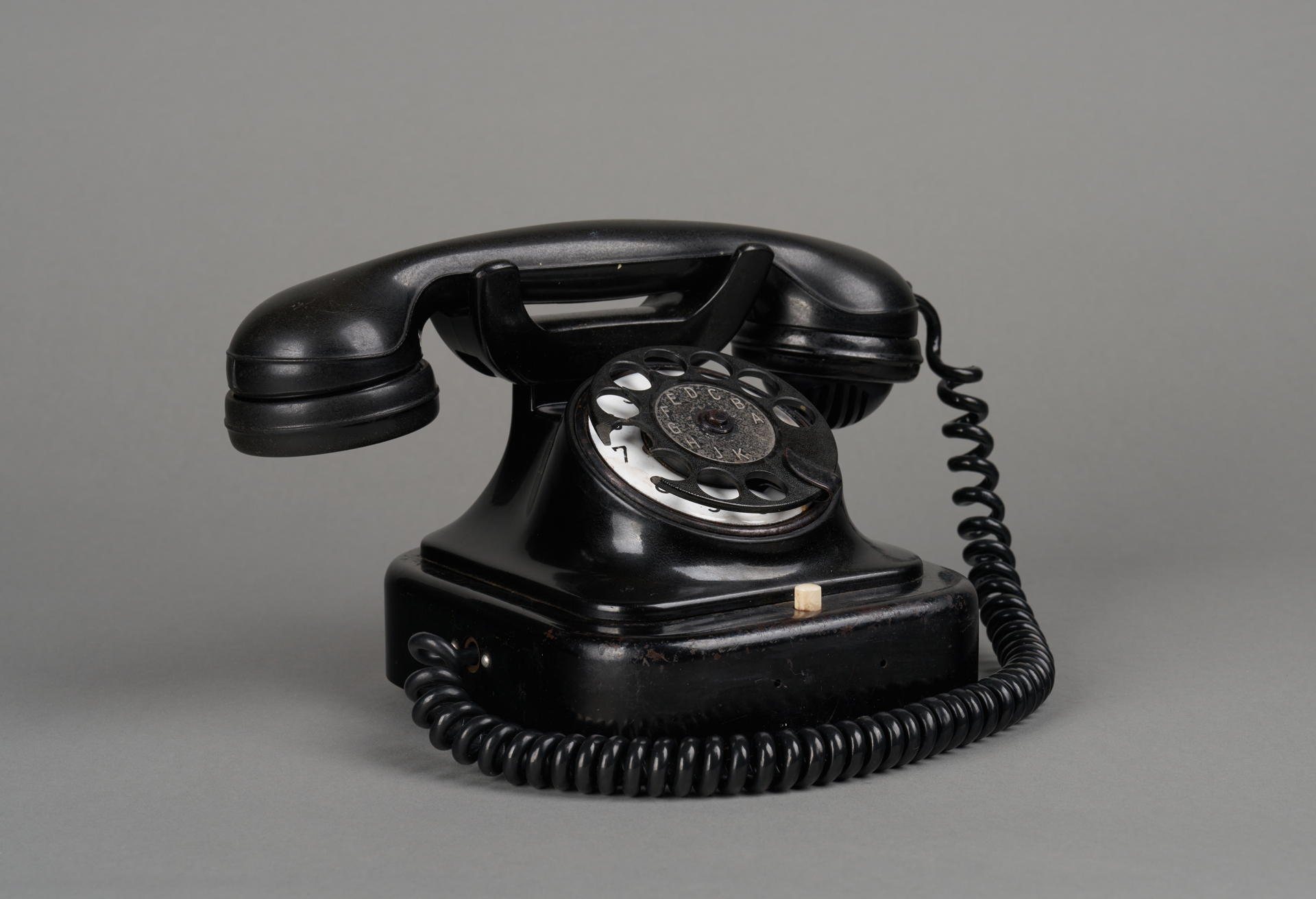
Creator
Siemens & Halske
Time and place of creation
Place:
Germany
In the second half of the 1870s, Europe became familiar with the latest invention of Alexander Graham Bell – the telephone. Bell had patented his invention in several European countries, but not all of them. One such place was Germany. The opportunity was eagerly seized by Werner Siemens and Johan Halske, owners of the Siemens & Halske company that had been doing well on the telegraph market since 1847. The company produced its first telephone in November 1877, then in December it patented the invention in the territory of Germany (a similar path was pursued by Lars Magnus Ericsson in Sweden). Siemens became the leader in telephone development in Germany for many years.
In the second half of the 1920s, Siemens & Halske sought a telephone model that would break away from the existing design style, be easy to operate and maintain, and could be efficiently fabricated. This led to the development of Siemens & Halske’s most recognisable telephones: the W28 model. It was successfully offered in a tender for the standard German telephone. From 1928, the W28 became the standard telephone model of the Deutsche Reichspost. In the mid-1930s, the German postal service placed an order for the W28’s successor, the W38 model (38 production launch). However, due to the outbreak of the war a year later the new telephone came too late to replace the W28. The flagship Siemens & Halske model of the 1920s and 1930s enjoyed a major export success. The licence for its production was purchased by Tesla in Hungary and Heemaf in the Nederlands, among others. It was also a breakthrough device in terms of its technical design, as it was the first Siemens telephone to use Bakelite.
Siemens & Halske W28 is a telephone for an analogue public switched telephone network (PSTN). Numbers were dialled in the pulse system using a rotary dial. The housing and handset are made of black Bakelite, with a steel base with rounded corners and a flat metal frame mounted on the device front. The dial and the cradle are mounted on the middle front part of the body. The handset is connected to the base with a twisted cable.
Creator
Siemens & Halske
Time and place of creation
Place:
Germany











